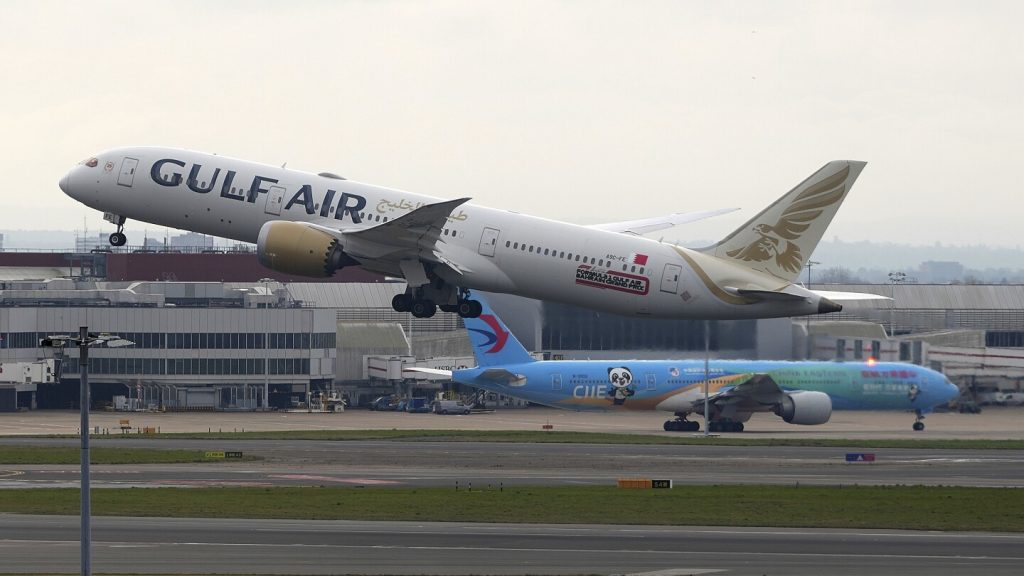LONDON (AP) — Heathrow Airport resumed operations on Saturday as airlines endeavored to address the backlog that resulted from a fire at a nearby electricity substation, which disrupted power to Europe’s busiest airport and affected travel plans for countless individuals globally.
The airport indicated it had increased capacity for additional flights, although it will likely take several days to accommodate stranded passengers and reposition displaced aircraft.
Here’s a summary of the incident and its effects on air travel.
Incident Overview
A fire erupted at an electrical substation located about 2 miles (3.2 kilometers) from Heathrow Airport late Thursday, resulting in a power outage. Residents nearby reported an explosion and a fireball just before midnight. The London Fire Brigade revealed that a transformer containing 25,000 liters (5,000 gallons) of cooling oil caught fire, and it took 10 fire engines and 70 firefighters seven hours to control the blaze, with some hotspots still burning 24 hours later.
National Grid, responsible for energy infrastructure maintenance in the UK, stated the fire damaged equipment at the substation, cutting power to 67,000 homes, including Heathrow. Power was fully restored by Saturday morning.
Fire Investigation
Authorities confirmed there was no indication of foul play; however, the cause of the fire remains under investigation. The fire brigade is focusing on the electrical distribution equipment at the substation. Meanwhile, London’s Metropolitan Police Service has assigned counterterrorism detectives to the case due to its implications for national infrastructure. Energy Secretary Ed Miliband described the event as “unprecedented.”
Impact on Heathrow Airport
The airport’s closure impacted the travel plans of approximately 200,000 individuals expected to travel through on Friday. Passengers were advised against heading to the airport and were instructed to contact their airlines to reschedule flights. With all flights suspended, long-haul flights from North America and Asia had to turn back or be redirected to alternative airports across the UK and Europe.
Duration of Disruptions
The travel disruptions are anticipated to continue for several days as airlines work to reposition stranded aircraft and flight crews while also accommodating passengers affected by canceled flights. Aviation consultant Anita Mendiratta estimated it could take between two to four days to resolve all backlogs.
Concerns about Infrastructure
The incident raises concerns regarding the UK’s capability to manage attacks or natural disasters that jeopardize critical infrastructure, such as energy and communication networks. Analysts express worry about the UK’s readiness, particularly in light of recent warnings from security services regarding potential sabotage across Europe. Experts argue that the current management of such critical systems needs significant improvement to prevent similar occurrences in the future.



